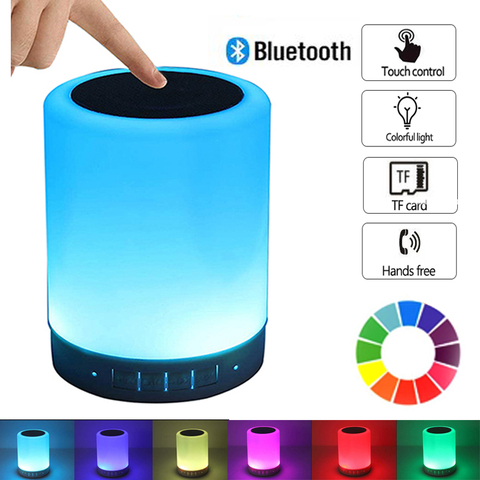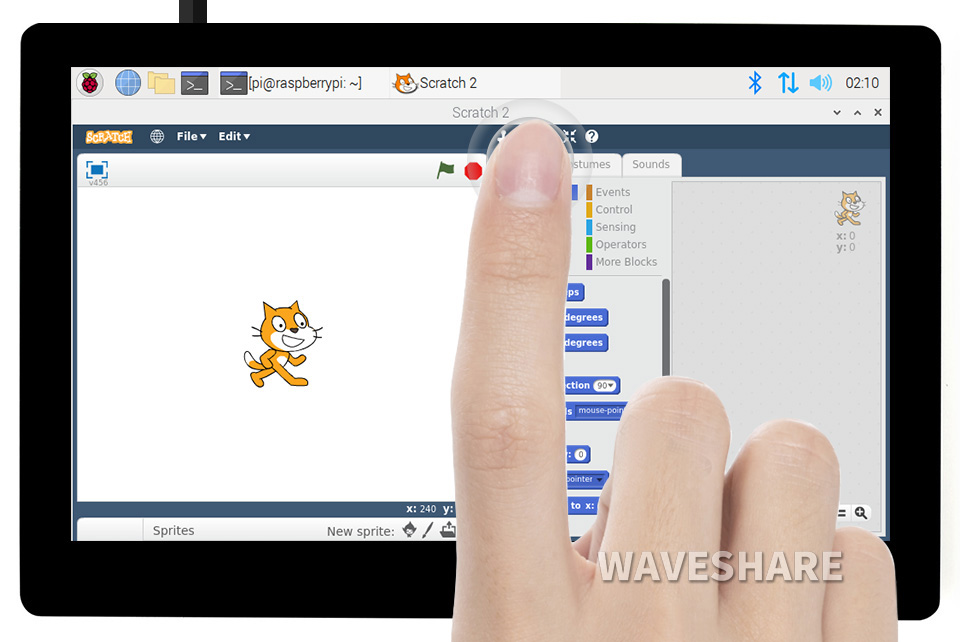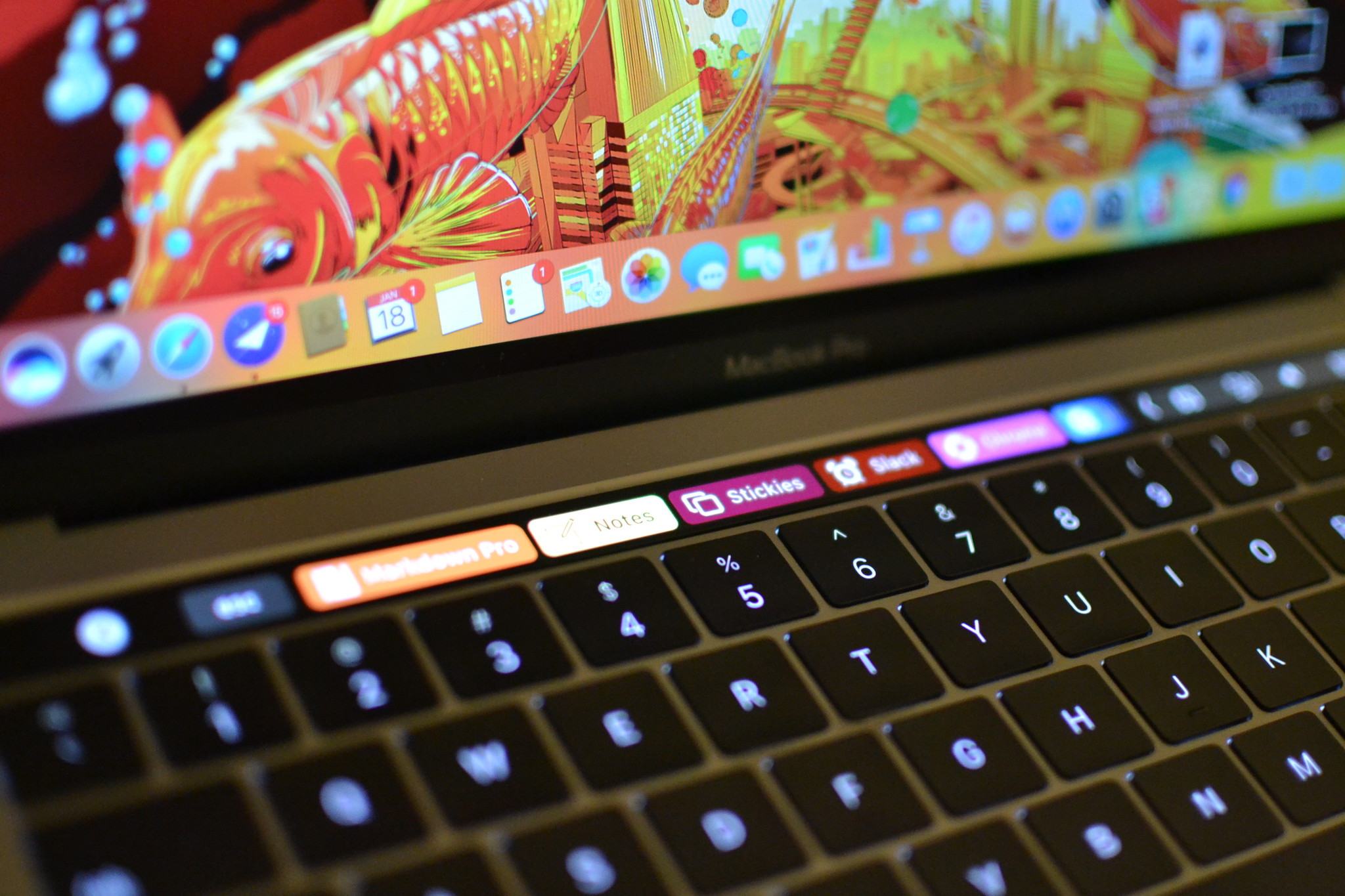Royal Signet & Junior
Serial #s E5903, ES19889, J28077, J30689, BJ63590
1932-1935
When carrying out ball control drills, players need to perfect their dribbling skills using several parts of both feet. The result is better control of the soccer ball and improved balance and movement to move the ball during games. This post gives the best ball control drills for soccer, warnings and tips to ensure that you get the best results. Better Touch Nitrile gloves have a superior resistance against chemicals and do not break down like latex gloves. While offering great hand protection, these gloves are latex-free so latex allergies will not apply from wearing these. This product is a great option for many applications and specialties.



Little information is available on this family. The first of these, the Signet, was made only from Autumn, 1932 until about Sept, 1933. Rolled out with a heavy advertising campaign that included an essay contest, it was marketed as a low-cost alternative for 'children, housewives, and letter writers'. It is caps-only, with a san-serif italic font designed especially for this machine for maximum readability. It's entirely possible that the Signet was Royal's answer to Remington's no-frills Remie Scout.
Despite immediate popularity, the Signet was abruptly discontinued after a single year. It seems that its low cost and popularity turned out to be its own undoing. The public was buying, but dealers weren't re-ordering. At $29.50, the Signet undercut the dealers' rental and rebuilt-machines business, both critical profit items. Royal had reasoned that the Signet's customers, once having mastered the Signet's simple features, would trade up for a more expensive model. However, in the thick of the Depression, dealers had little interest in waiting for the Signet to turn a profit 'in the long run'. So the Signet was discontinued and replaced around November, 1933, with something Royal internally called the 845, or '45' for short. (I'm still trying to identify exactly what this machine was.)
- BetterTouchTool is a great, feature packed app that allows you to customize various input devices on your Mac. You can use any of the supported trigger/input types and choose from a large and always growing list of actions to automate almost any task.
- Find 167 ways to say CONTROL, along with antonyms, related words, and example sentences at Thesaurus.com, the world's most trusted free thesaurus.

A variation, the Signet Senior, typed in standard upper- and lower-case, and came in black. It was apparently manufactured simultaneously with the caps-only Signet, leaving it unclear as to whether the two have unique serial number sequences or are intermixed. There are a few variations among Seniors: early ones have a tall 'cowell' with the name printed up front, like the caps-only Signet; others, like the one shown here, have a shorter cowell and the name printed on the paper tray. Early Seniors have a single shift key, on the left, and a metal tab for a shiftlock. Later, a second shift key was added to the right side, and eventually the shiftlock was upgraded from a tab to a proper key.
The Signet is certainly radically different from all other Royal typewriters, except for its direct descendents shown below. It's so different that some people suspect that it was not designed by Royal at all. Lending substance to this theory is the fact that no Royal design patent exists for the Signet. I have found design patents for every other model, including the Junior and one model that was never made, but not for the Signet. There is one patent for an early concept of Royal's first portable: no. 1,417,910 from May, 1922. It bears a striking resemblance to the Signet. Perhaps an old design was dusted off and tweaked?
Following in the Signet's footsteps, the Junior was also aimed at Depression-stricken Americans. Like the Signet, there is no tab, backspace, margin release, ribbon color selector, or left-hand platen knob. Mounted in the center rear is a single left margin stop, eliminating the need for a right-margin bell. The shell is made of the thinnest sheet metal, easily pliable with your bare hands.
All evidence indicates that the Junior was a direct evolution of the Signet Senior, as their internal workings are virtually identical. The 'missing link' model shown above is effectively a Signet Senior with the Junior name on it. It appeared sometime in late 1933 or early 1934 (the earliest ad I have seen ran in April, '34); only about 5,000 Juniors were made in this style before changing to the sloped-top body shown below.
Better Touch Control Software
Yet another version of the Junior exists, with a squared-off shell more closely resembling other Royal products. It appears to have been introduced around June, 1935. Some are equipped with a backspace key, while others are not.
Based on ads, industry publications, and serial numbers, the timeline of the various versions is roughly:

Better Touch Control
1932: Signet (possibly shares serial number sequence with Signet Senior; at least 24,000 combined units)
1933: Signet Senior (>=24,000 combined w/original Signet); Signet bodied Junior (appx 5,000 made, 3,000 with crinkle finish, 2,000 with gloss finish)
1934: Sloped-body Junior (appx 30,000 made)
1935: squared Junior (unknown number made)
